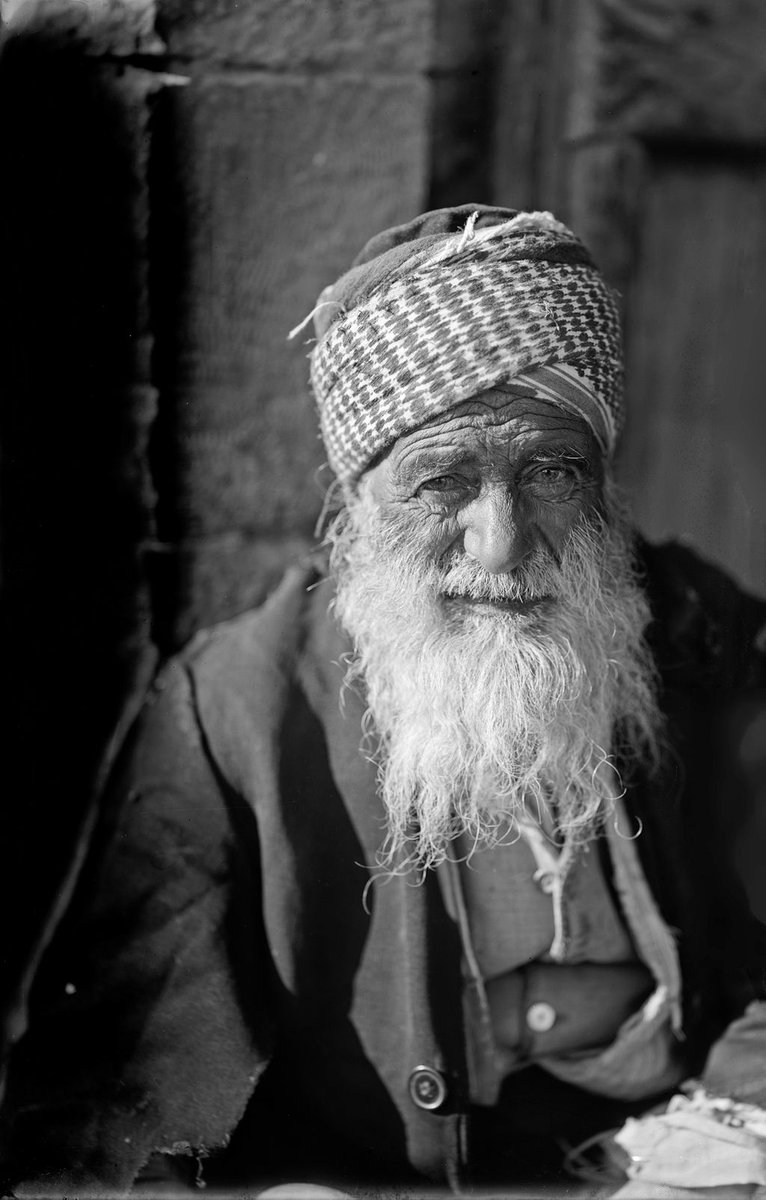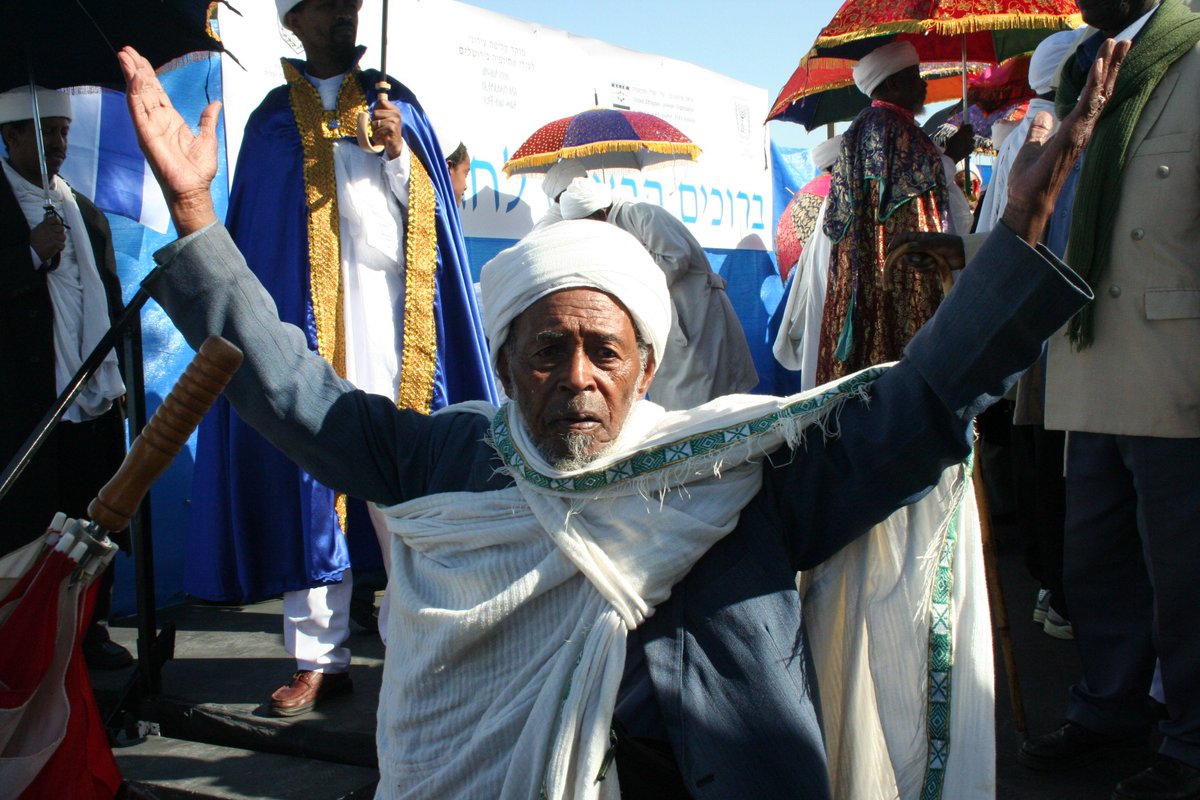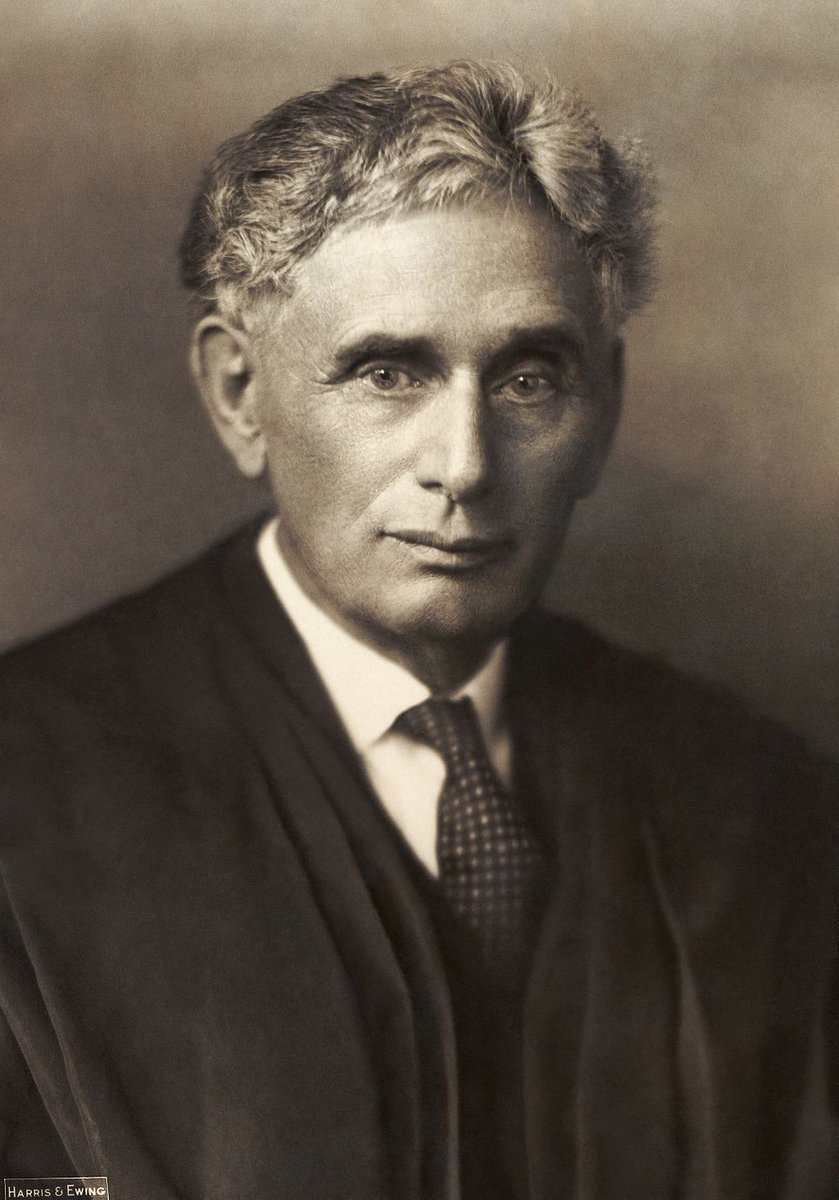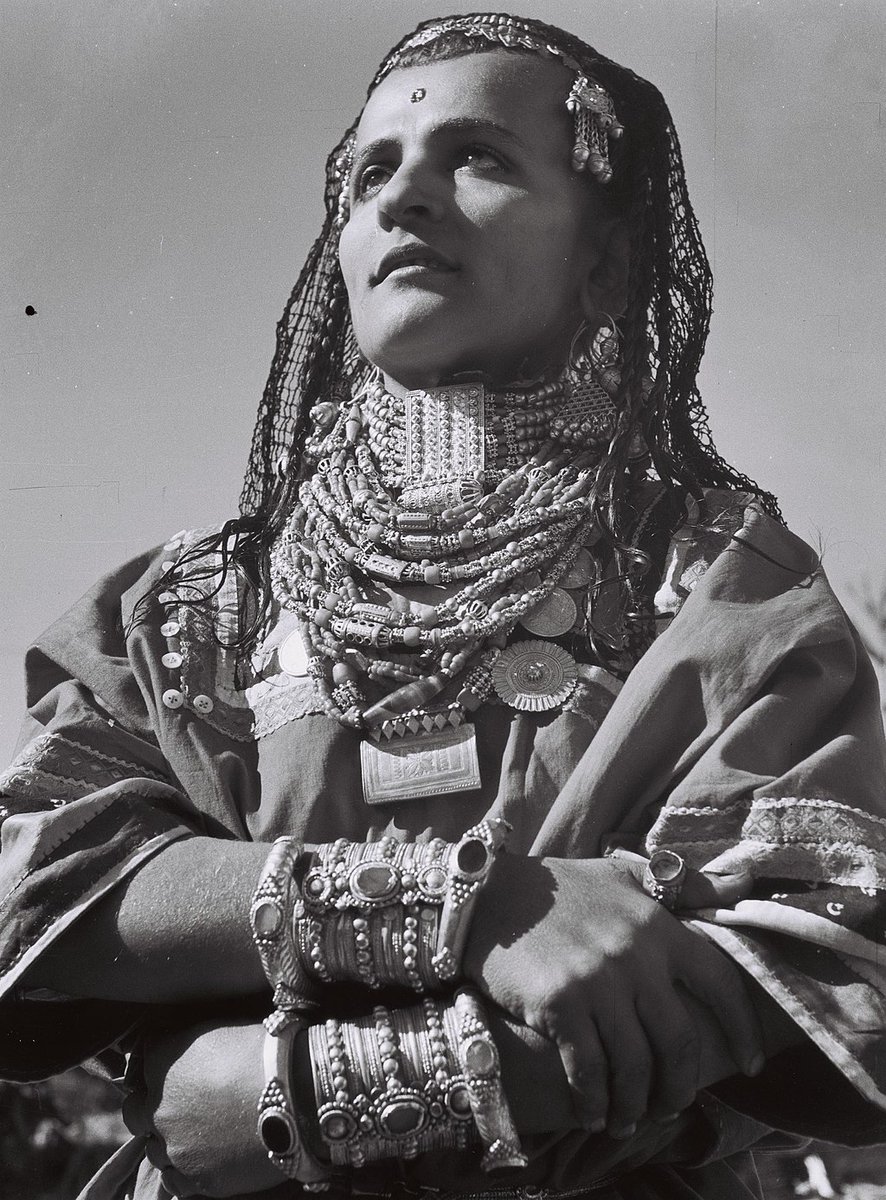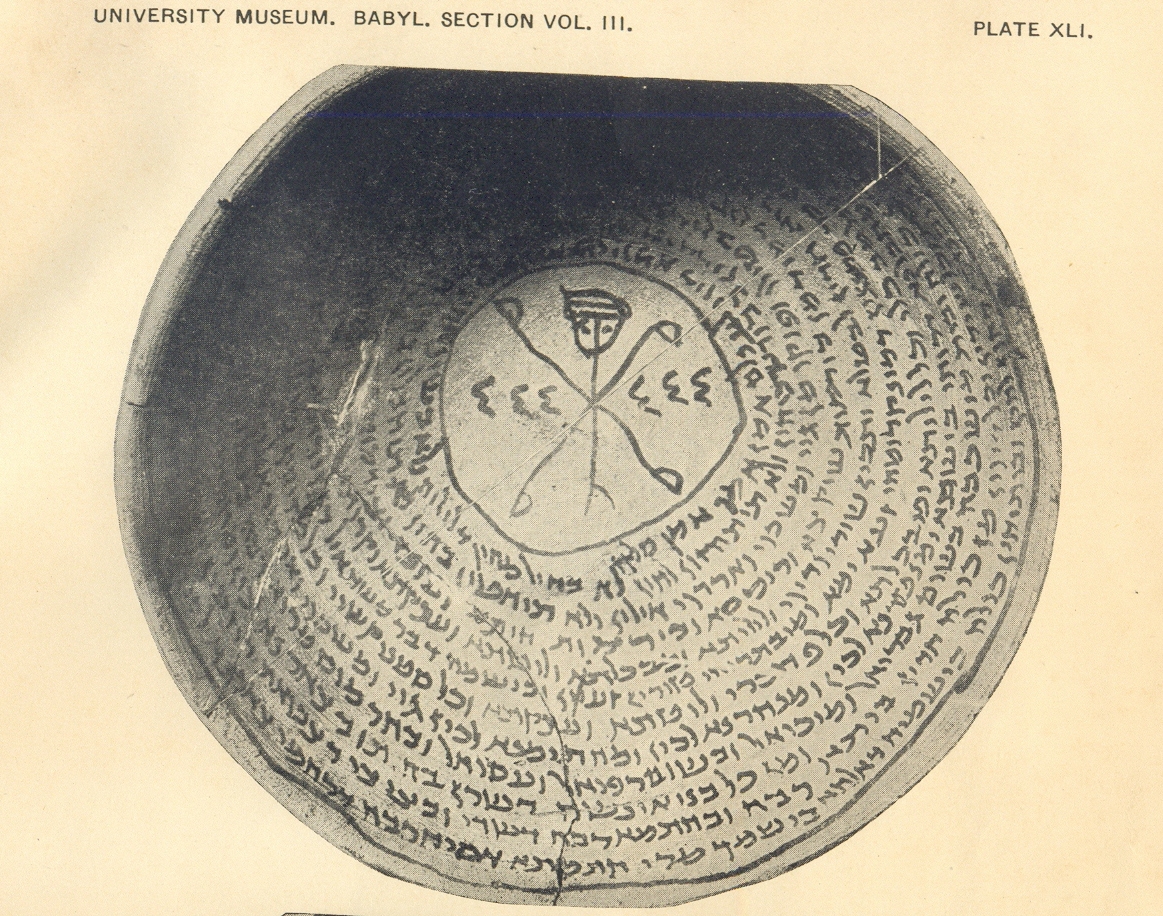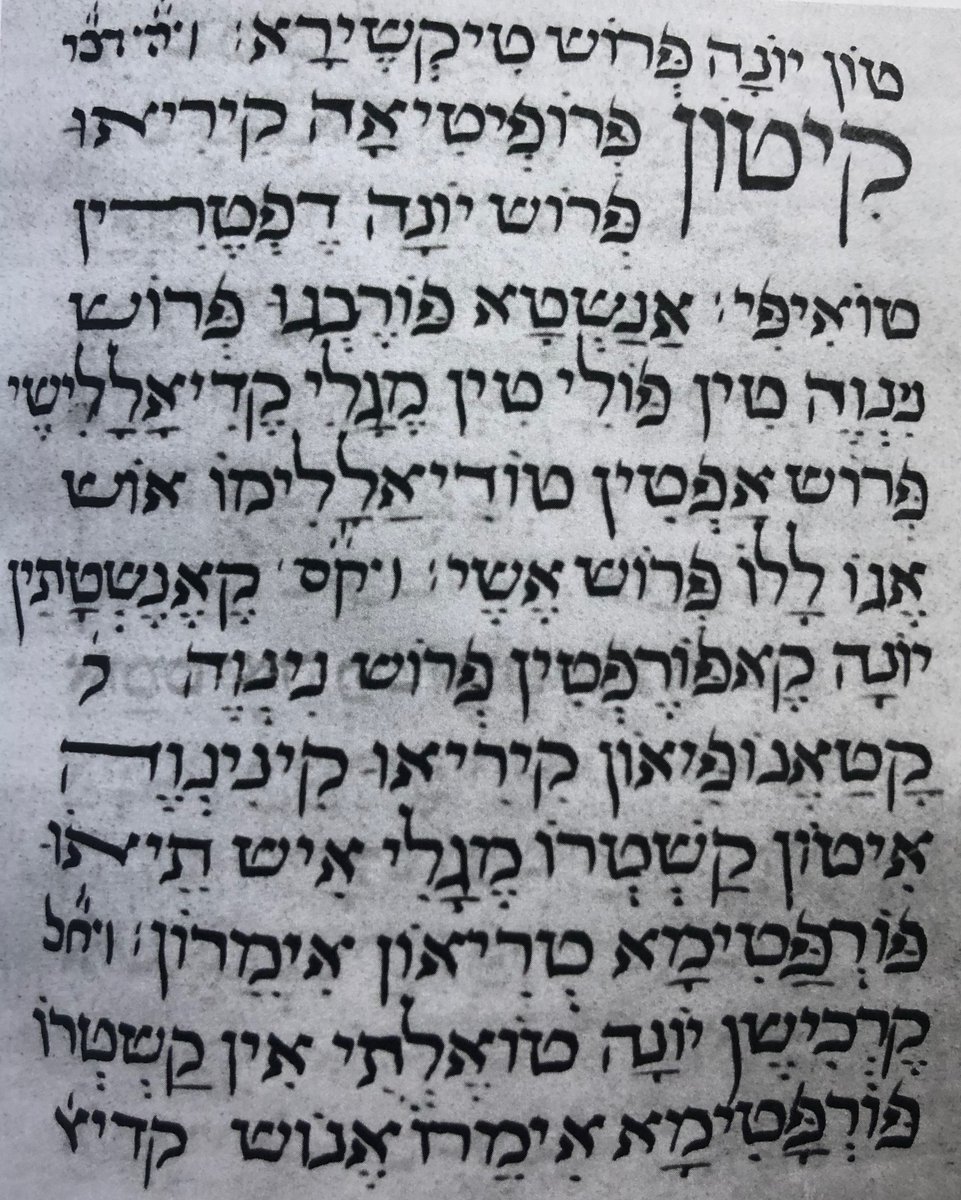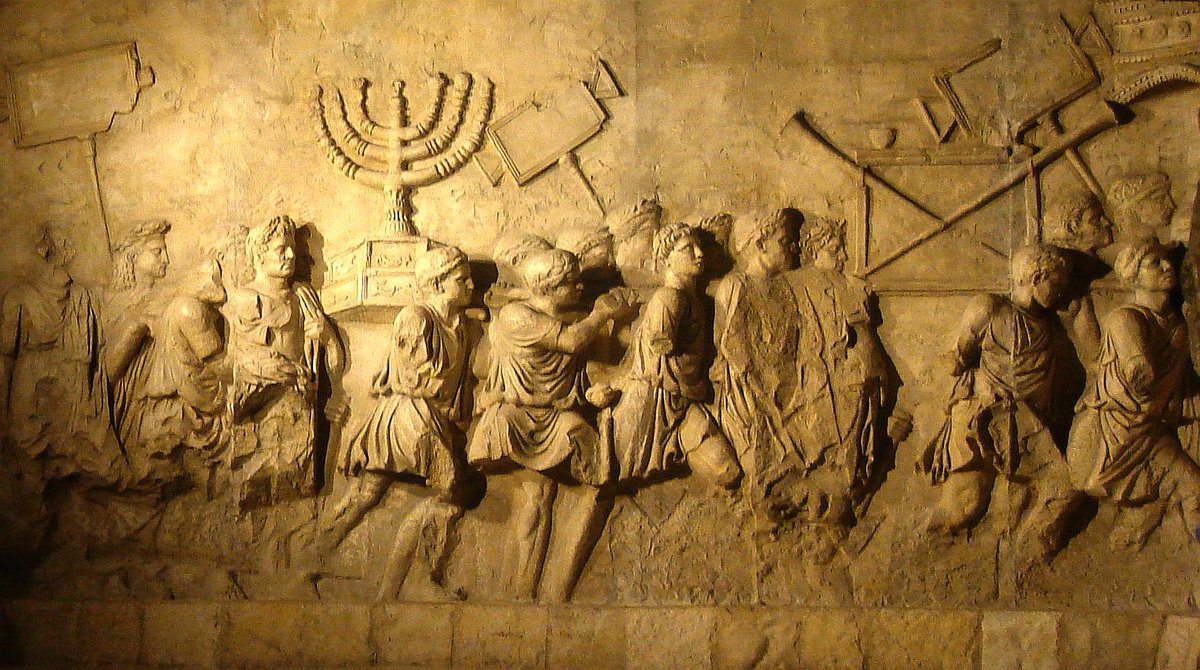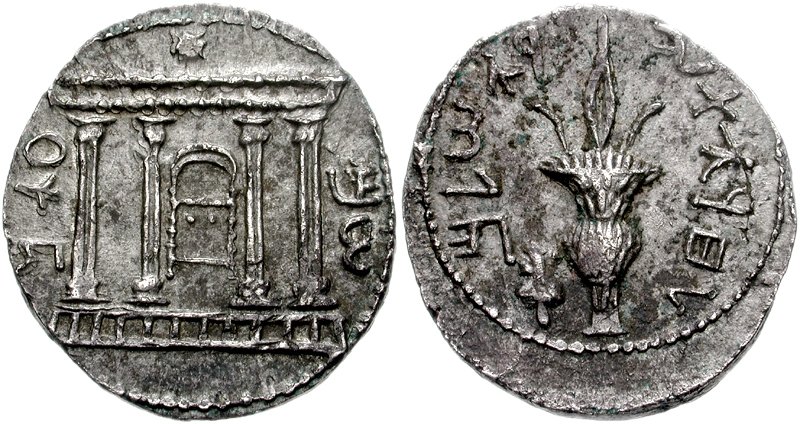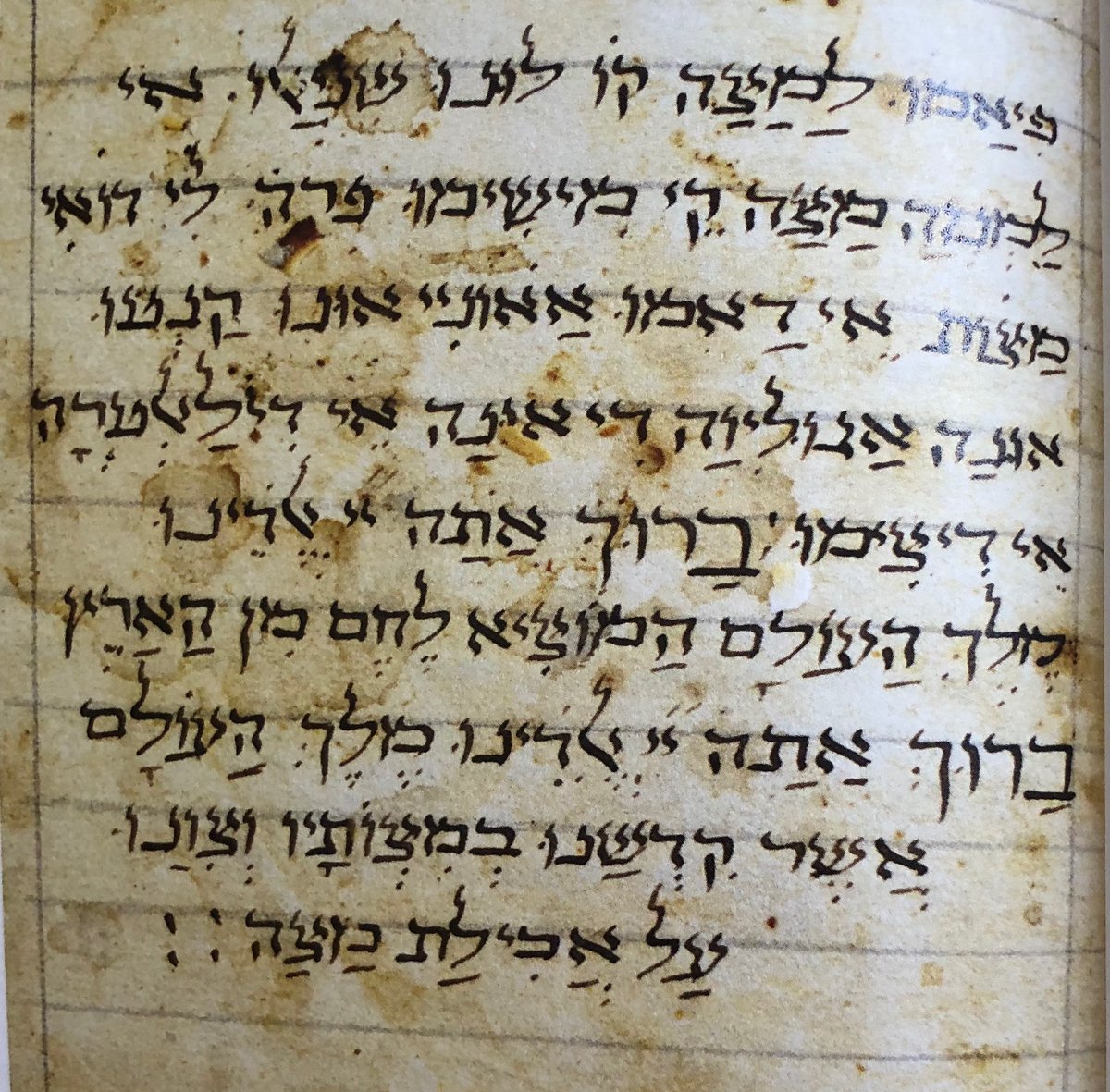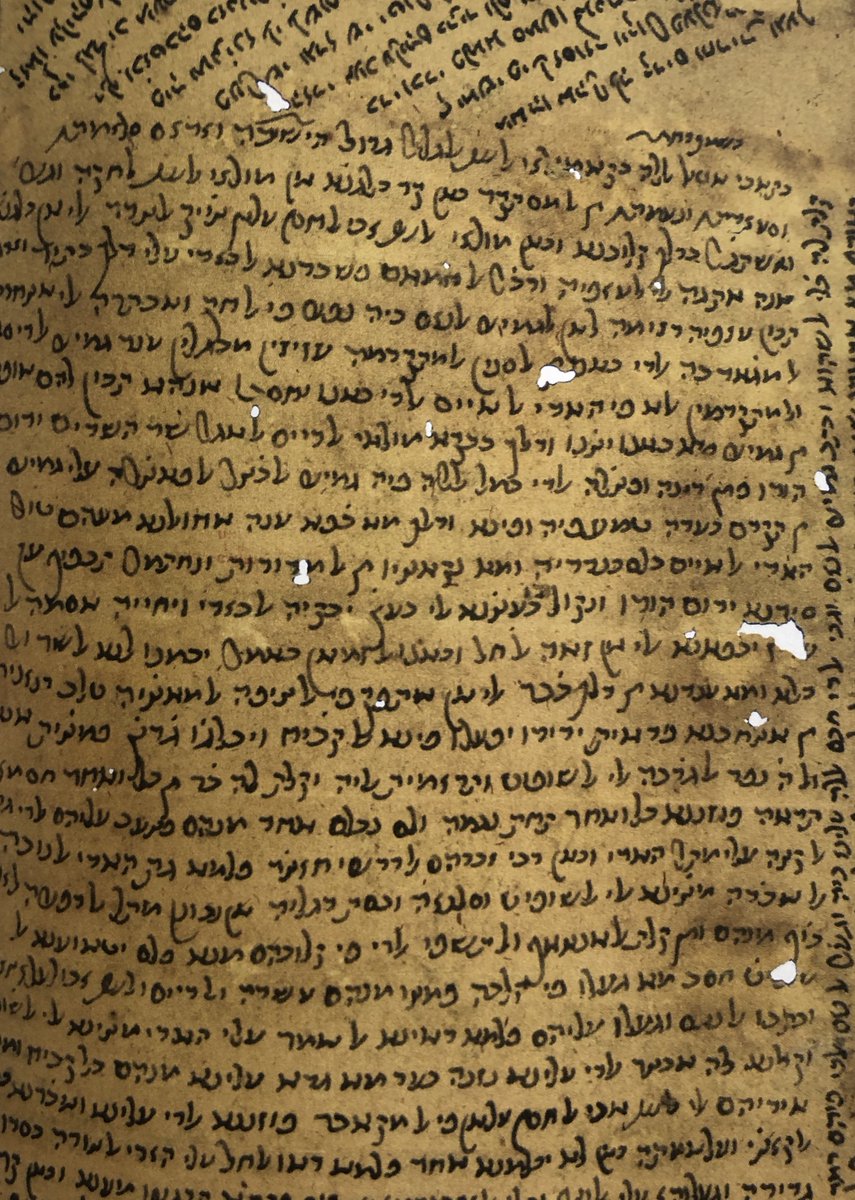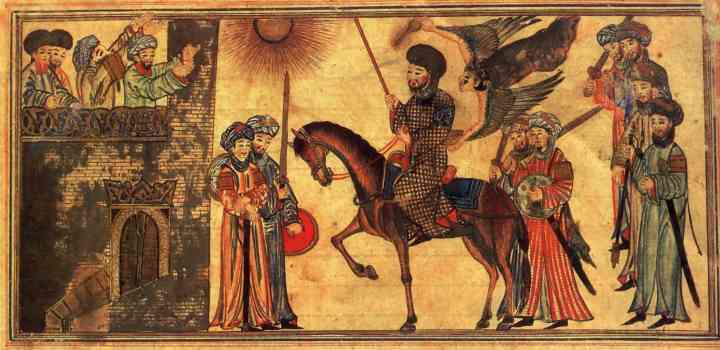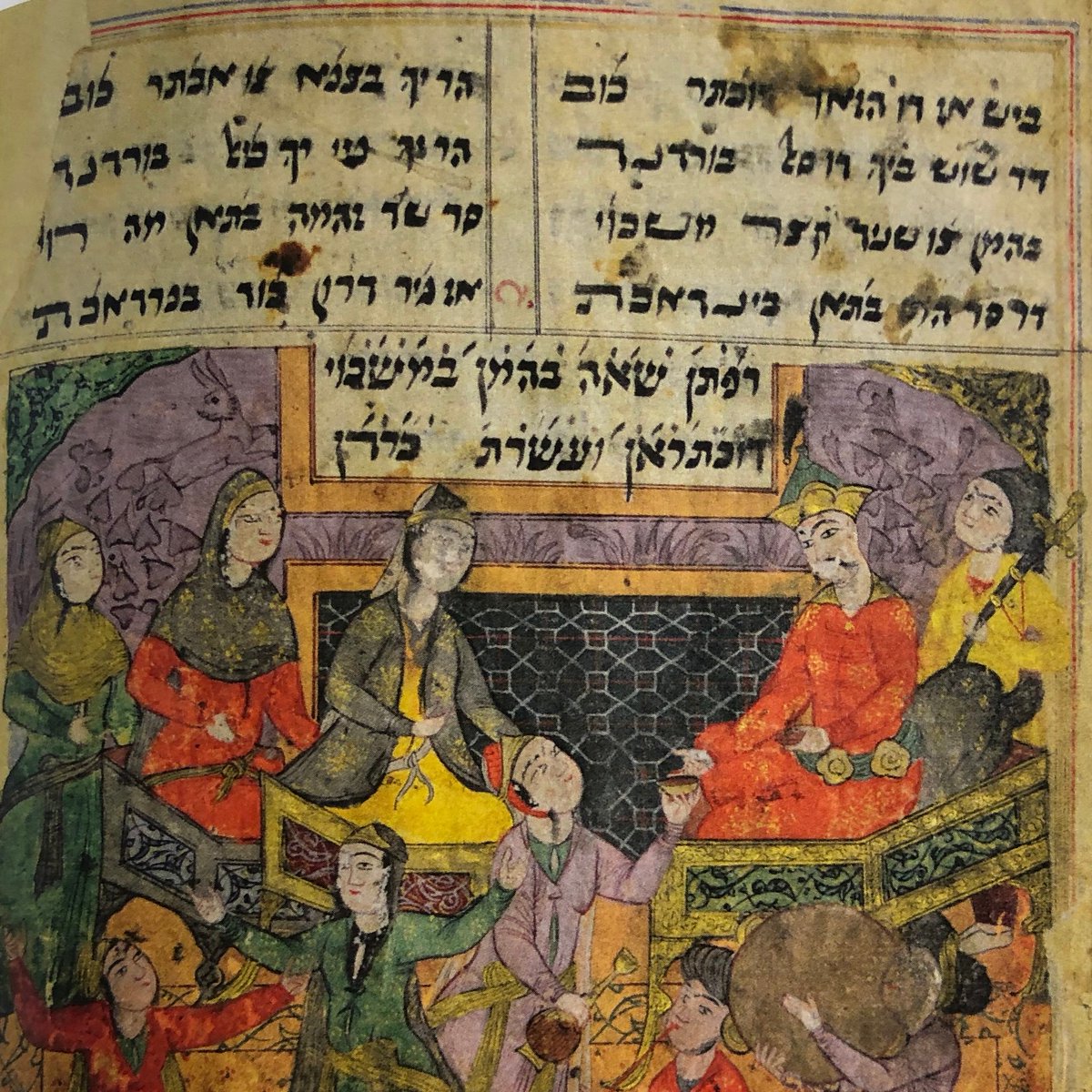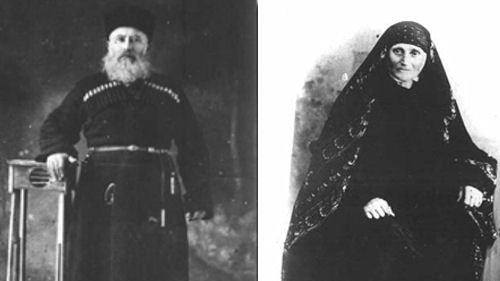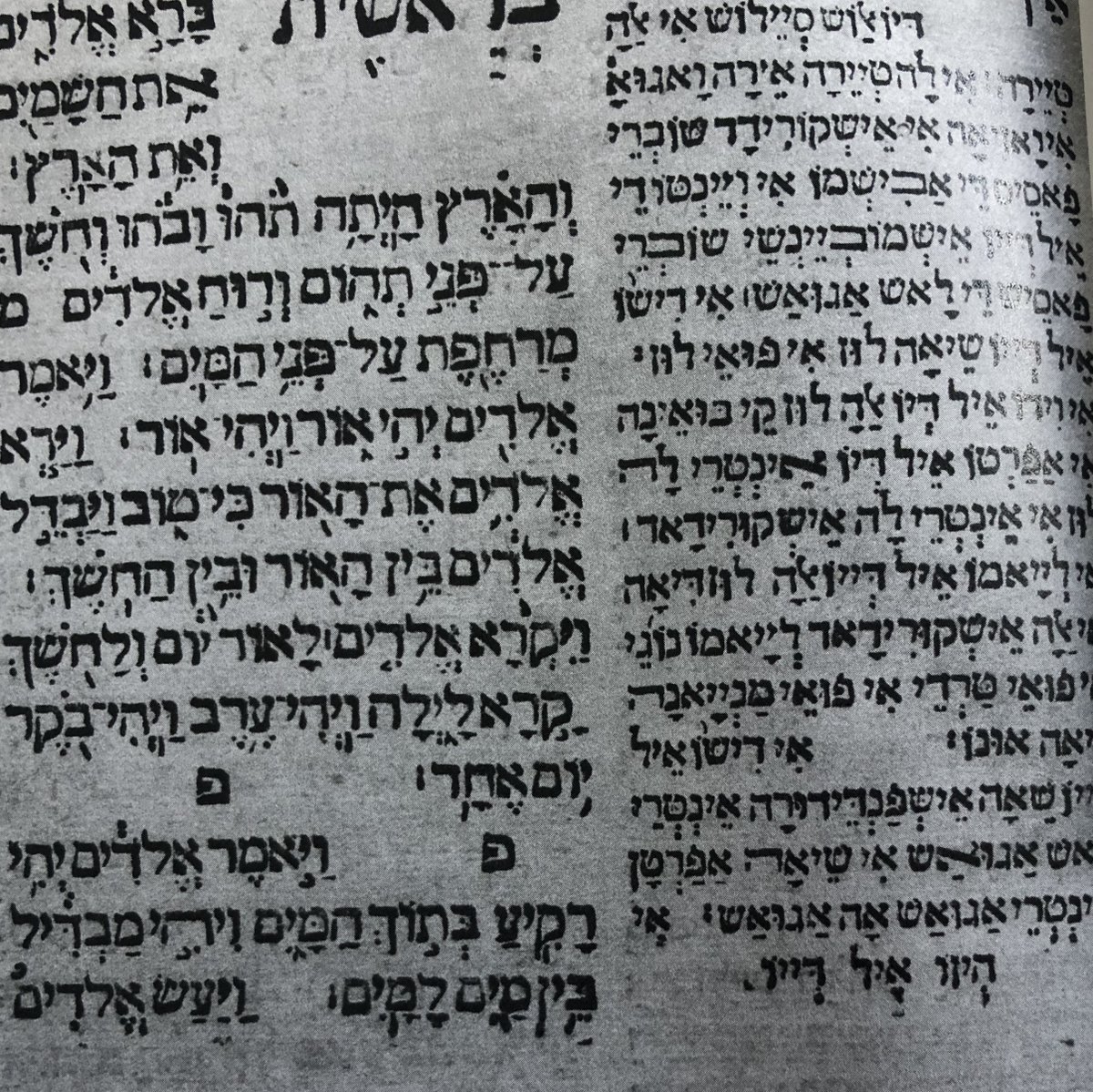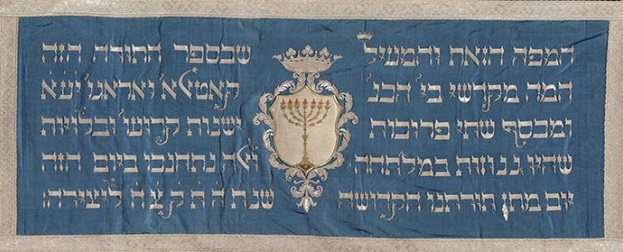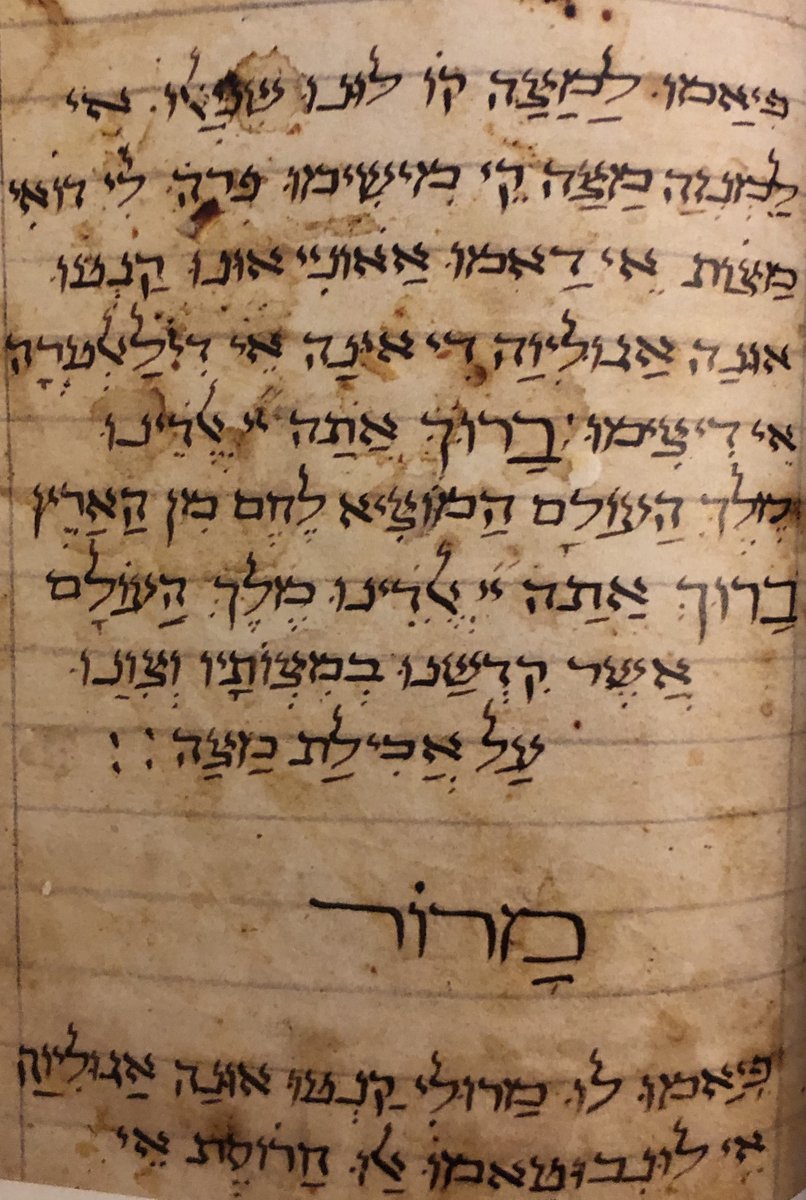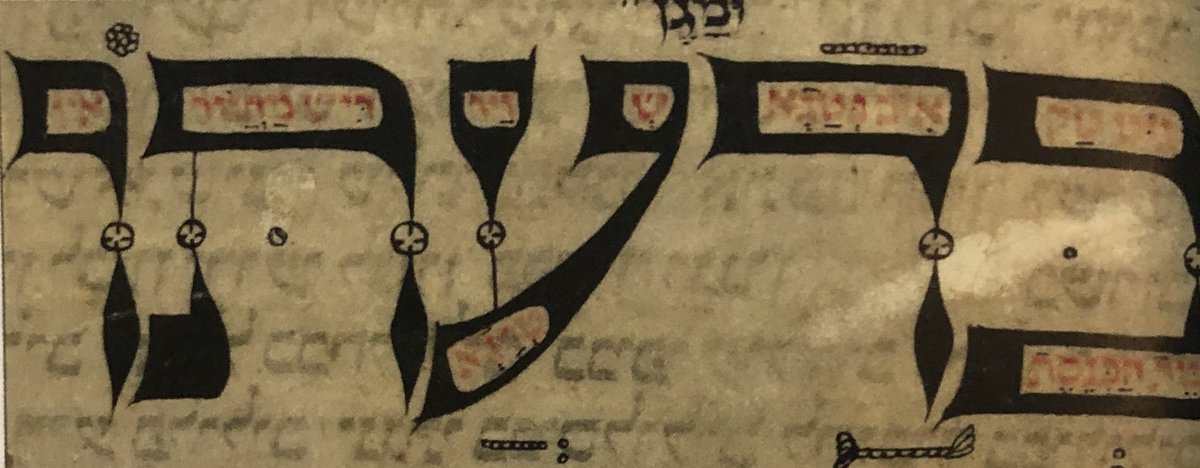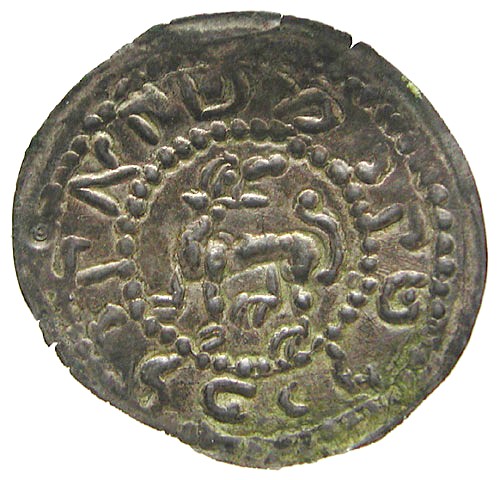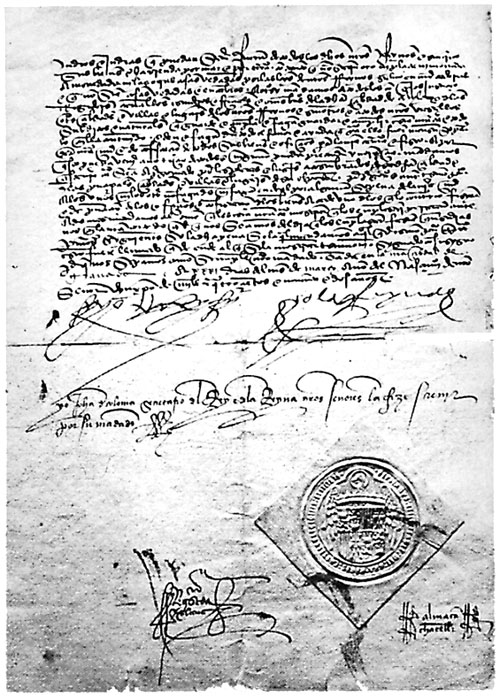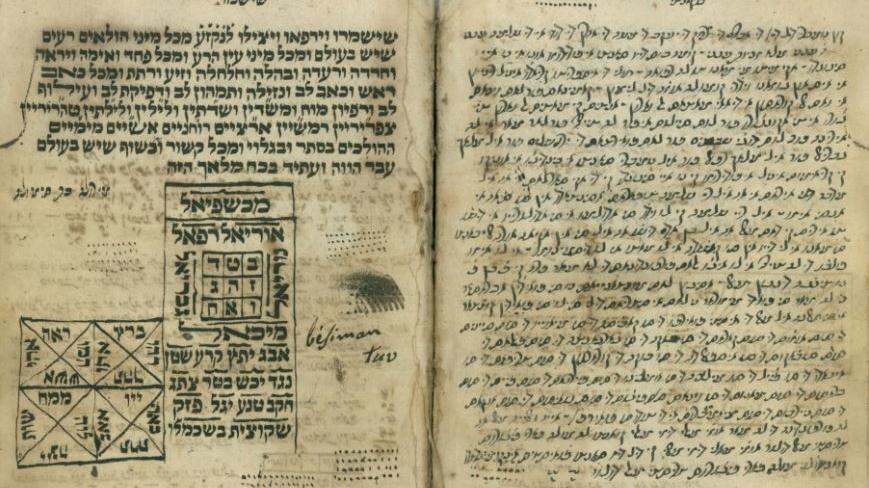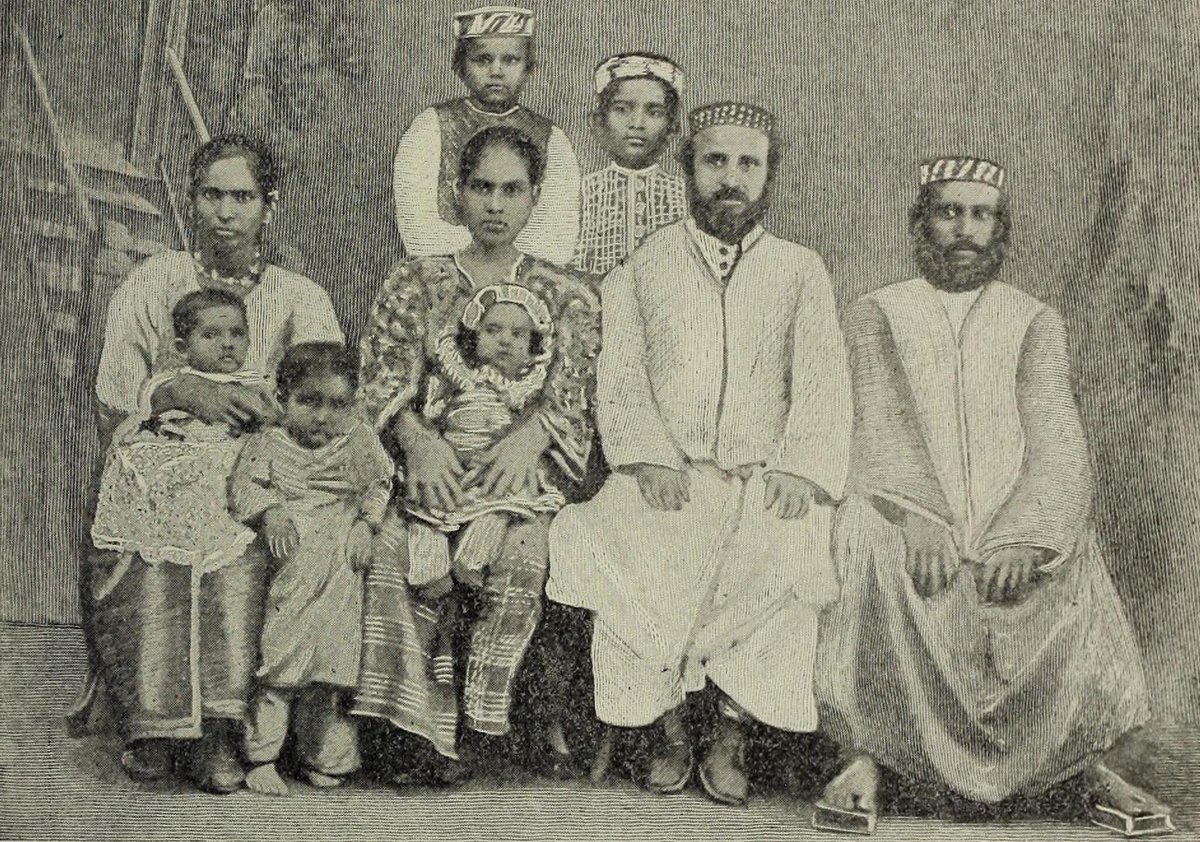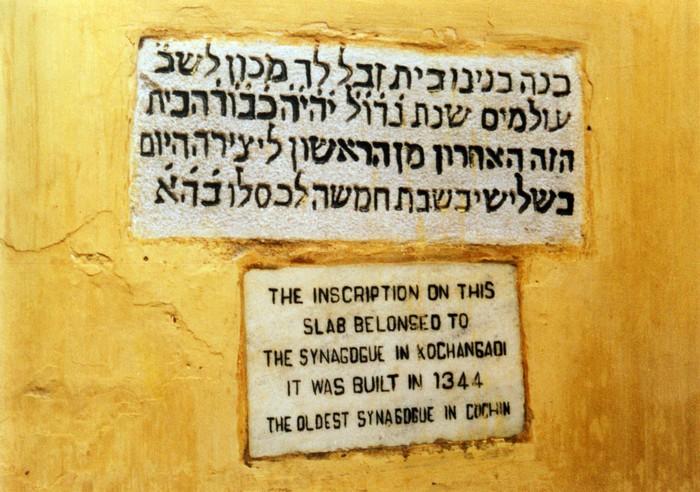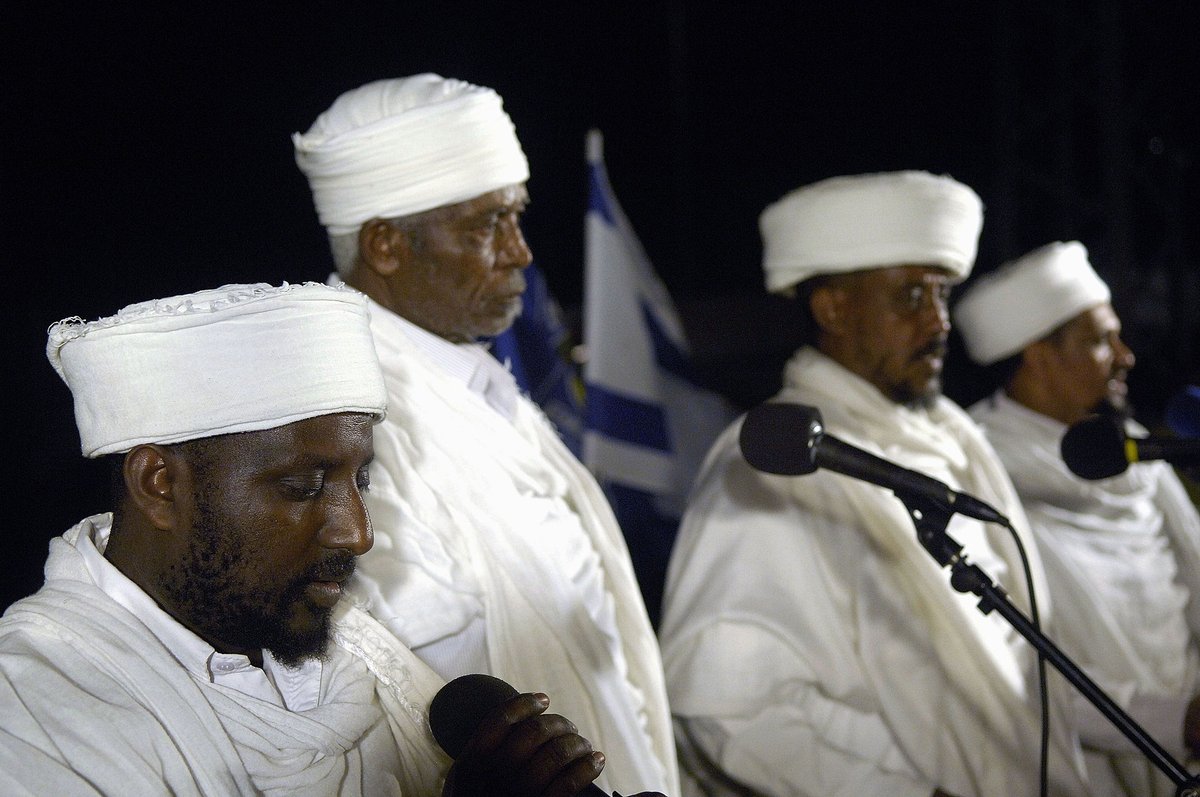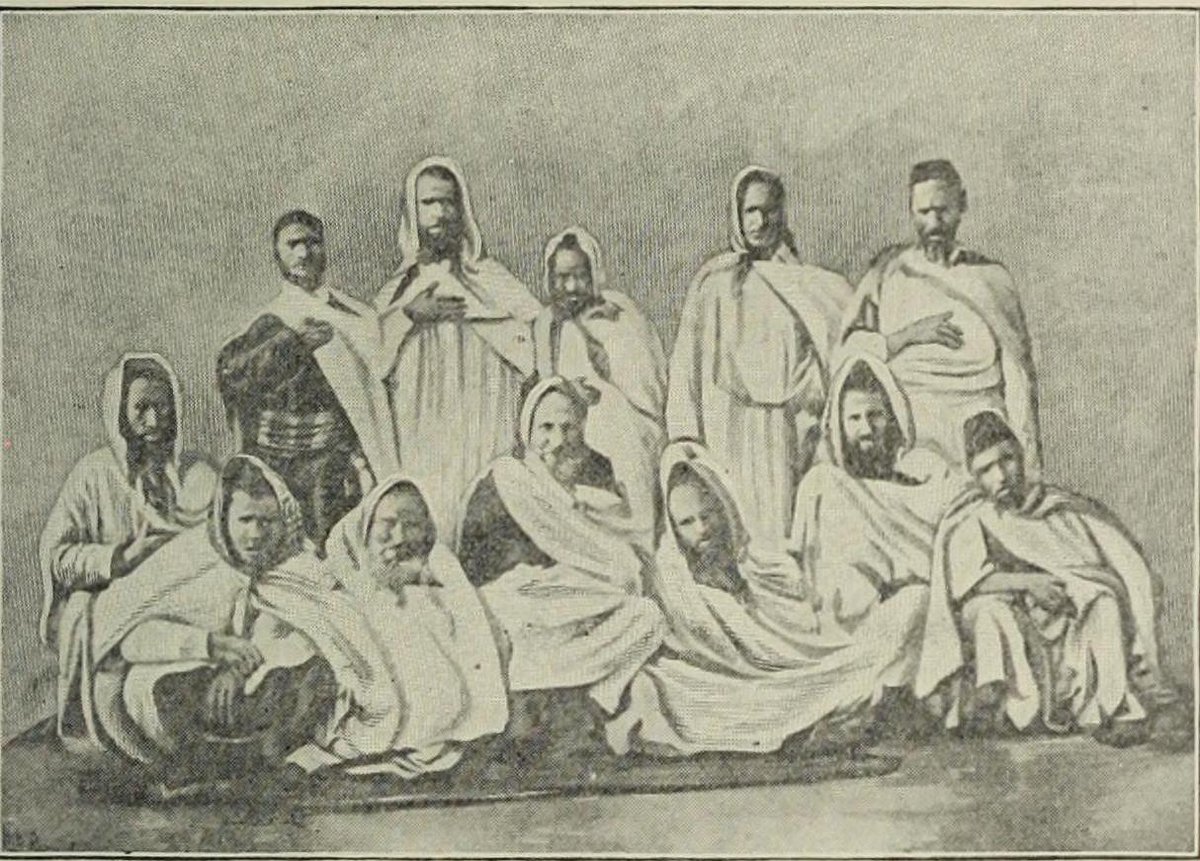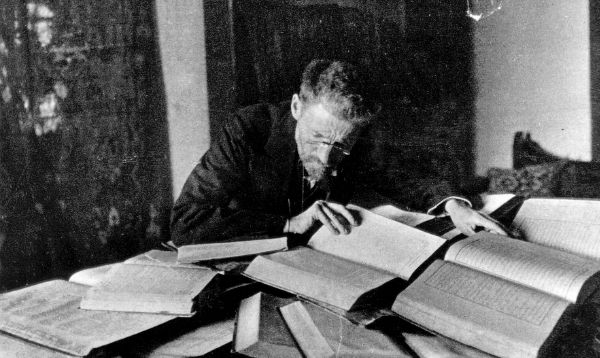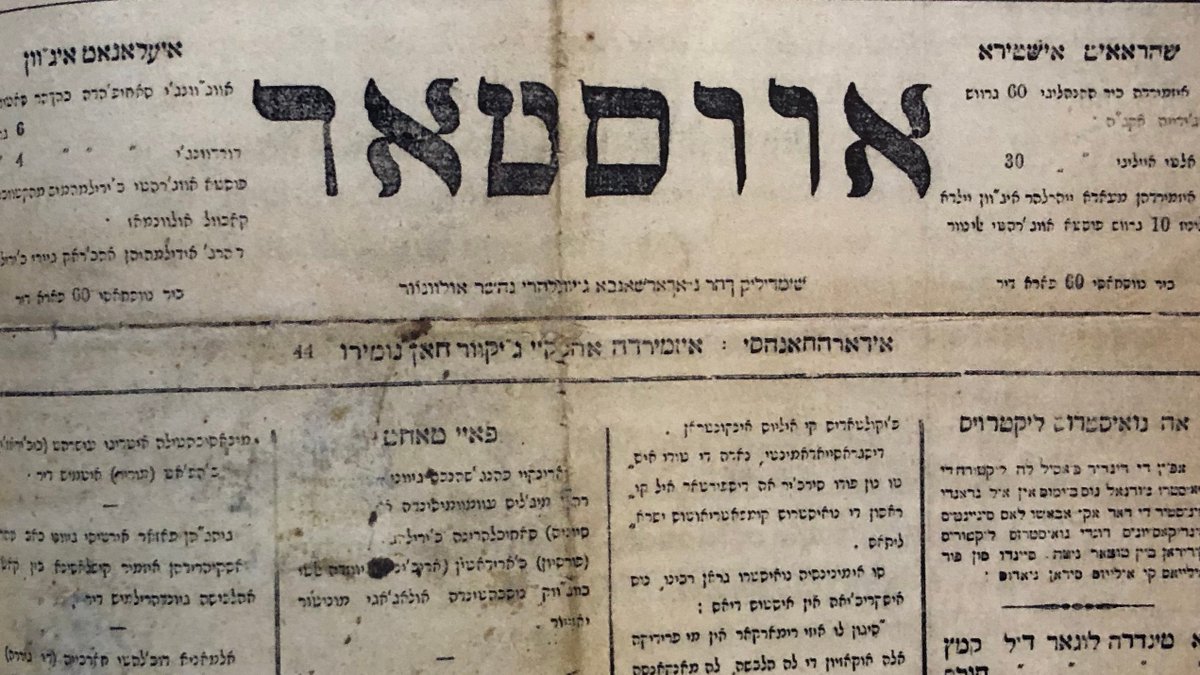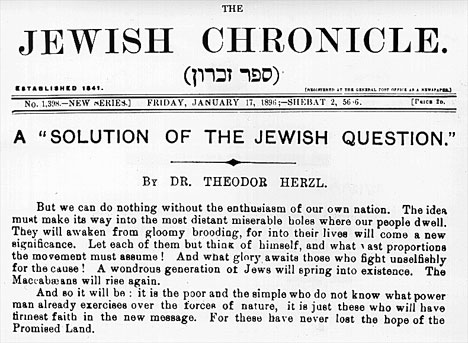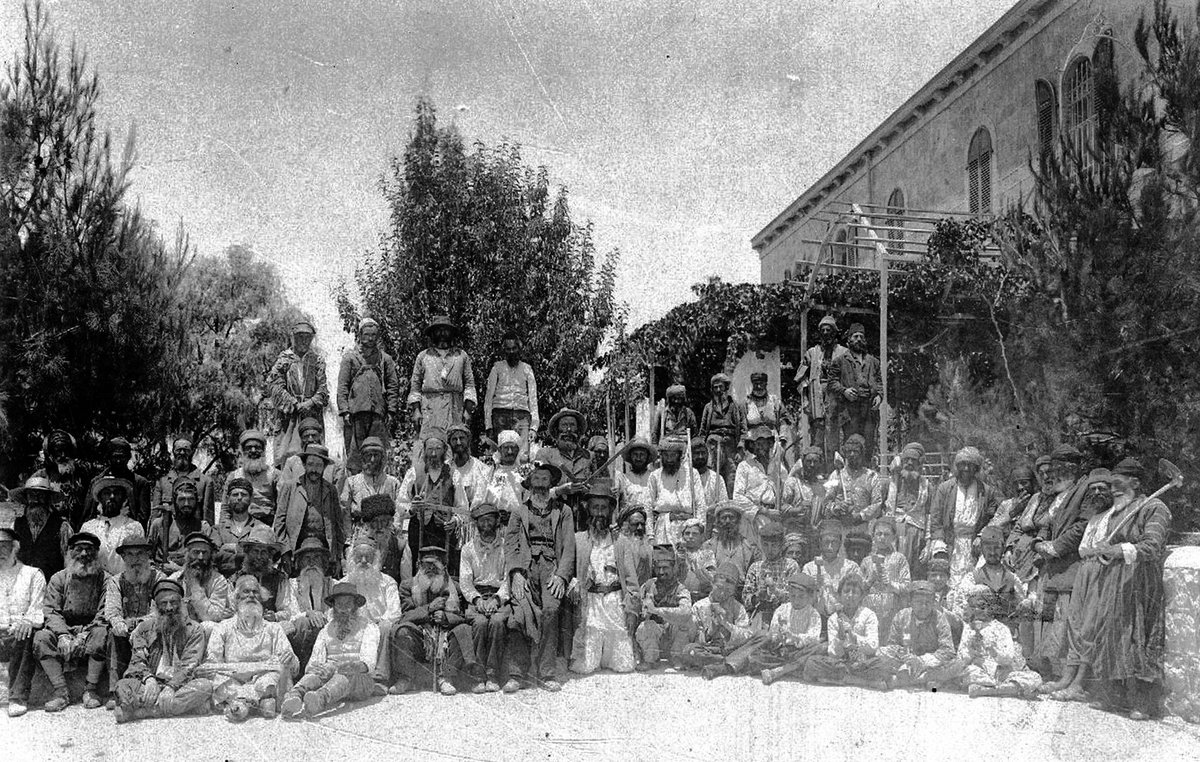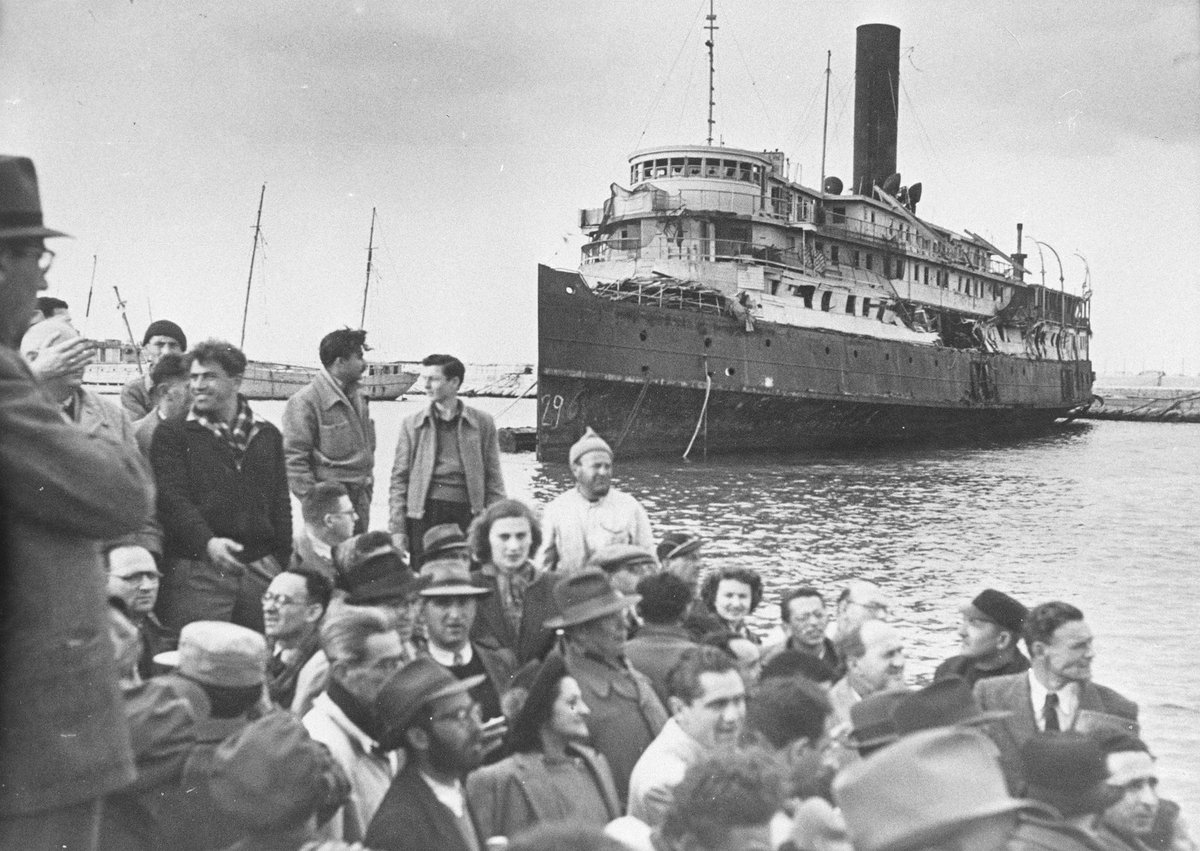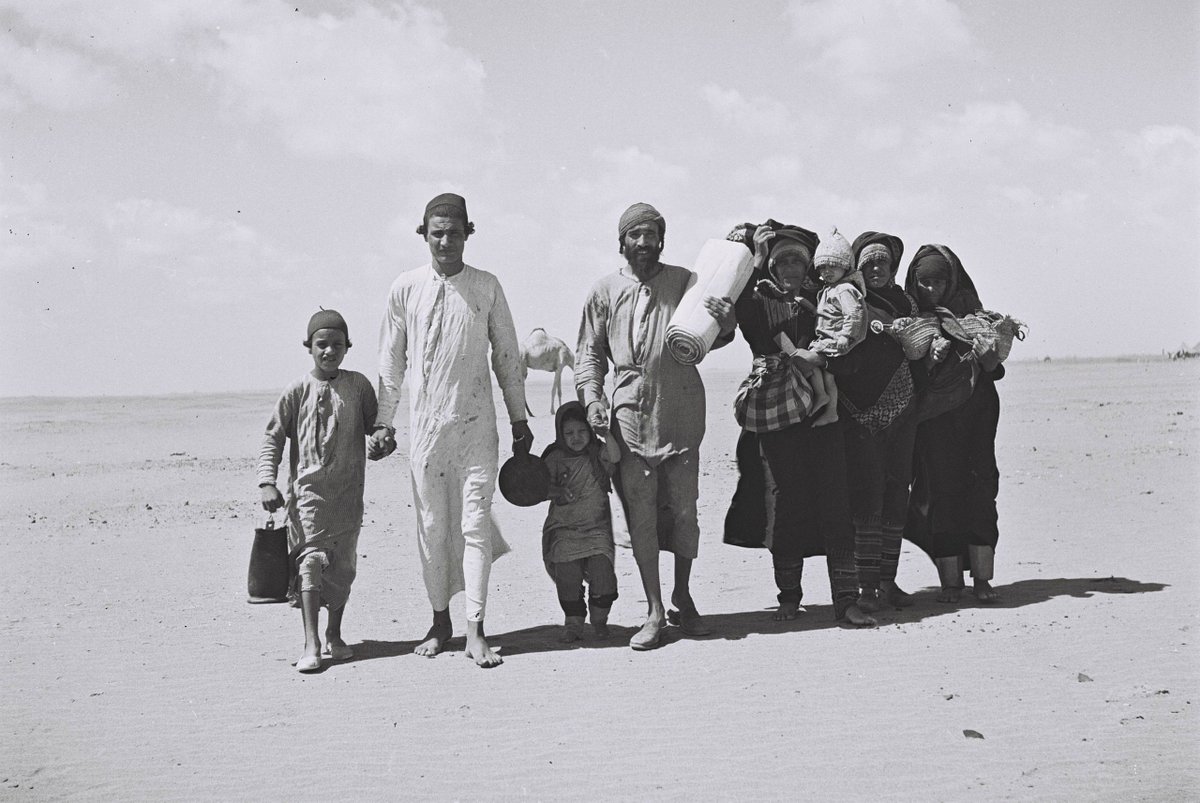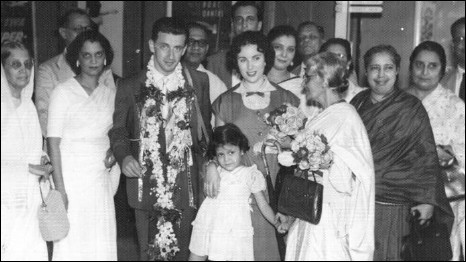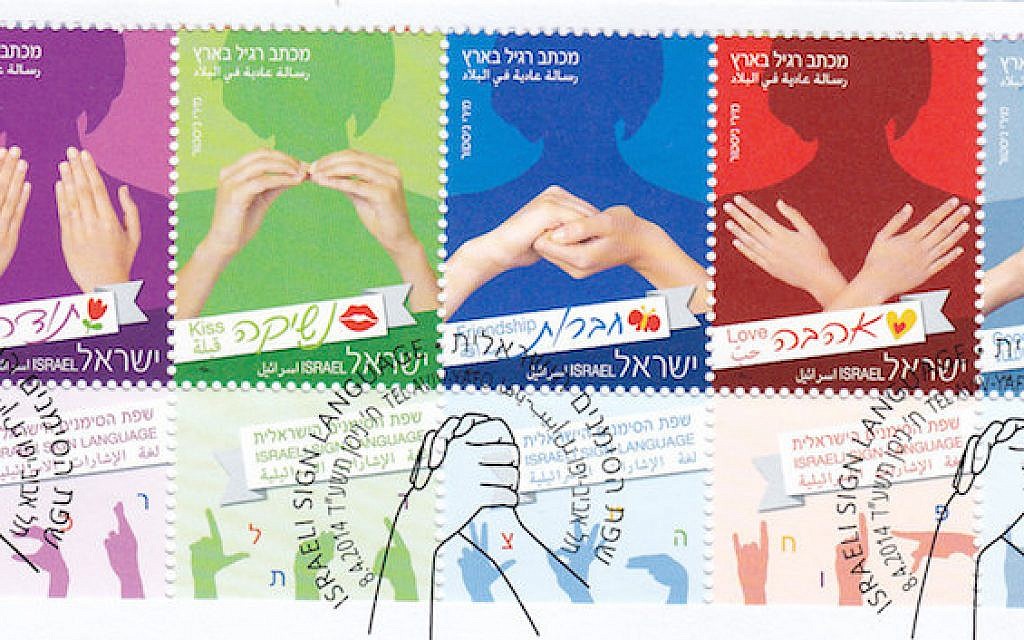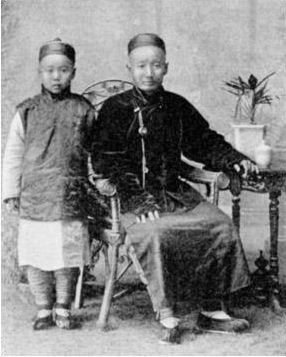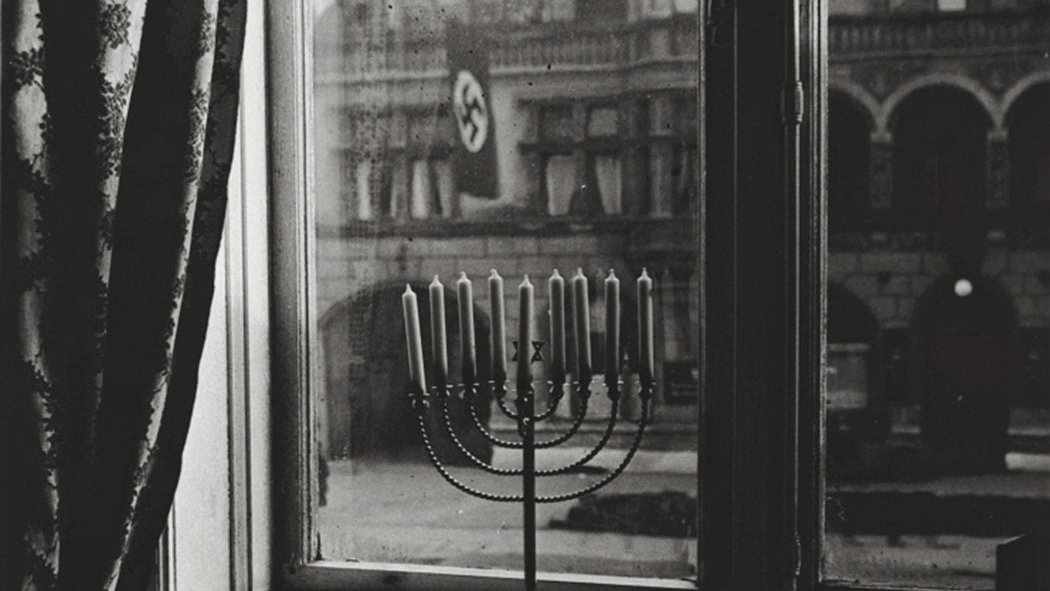This thread presents a brief, if incomplete, history of the Jewish people. In the 20th century, our language diversity fell into sharp decline, as ancient Jewish communities across Europe, Africa, and Asia were forced to Israel and the Americas. Fact-checkers are welcome! 1/
We often talk about Jewish diversity in terms of Ashkenazim, Sephardim, Mizrahim, Beta Israel, and Bene Israel—broad strokes that reduce the nuance of our history. In 2,000 years, we have had at least 30 languages, each reflecting unique histories of migration and resilience. 2/
Hebrew, a Semitic cousin of Arabic, is the oldest Jewish language. It emerged around 3,000 years ago out of the Caananite dialect continuum, which included the mutually-intelligible Phoenician language of Carthage and the mother tongues of other now-extinct Levantine cultures. 3/
Jewish mythology holds that the United Monarchy of Israel once spanned modern Israel-Palestine until a rebellion split the kingdom in two. Archeology disputes this, but we do know that two Hebrew-speaking states emerged in the Levant by the 9th century BCE: Israel and Judah. 4/
In the 6th century BCE, Judah, the southernmost kingdom, was annexed by the Chaldean (Neo-Babylonian) Empire. Its capital, Jerusalem, was sacked and much of its population was deported to Babylon. There, exiled Judeans fused the local Aramaic language with their native Hebrew. 5/
What linguists call Judeo-Aramaic was the first Jewish language to emerge after Hebrew. Its speakers synthesized ideas that would undergird Jewish diaspora culture for centuries: spiritual longing in displacement and retaining written Hebrew as a tool for cultural survival. 6/
In time, the Judeans of Babylon were able to return to the Levant which, by the 4th century, had fallen to the Greek-speaking Macedonians, precipitating a new era of cultural exchange. Judeo-Greek emerged as the synthesis of Hellenic dialects with Judeo-Aramaic and Hebrew. 7/
By around 2,000 years ago—in the year 4 CE, to be exact—the Levant was in Roman hands, reorganized as the Province of Iūdaea (Judea). By this time, Hebrew was dormant (extinct) as a spoken language, replaced by Judeo-Greek and Judeo-Aramaic as the primary Jewish vernaculars. 8/
Over two centuries, waves of Jewish rebellion provoked a brutal response from Rome: erasure. In 135 CE, Iūdaea was abolished and merged with Roman Syria, and Hebrew place names were renamed in Latin. During this time, Jewish emigration to Greece, Italy, and Arabia intensified. 9/
As Jewish communities settled throughout the Roman Empire (especially Italy), it is likely that a Jewish variety of Latin emerged. There aren& #39;t enough primary sources to confirm this, but its existence is heavily implied by the Judeo-Romance languages that would come later. 10/
By the 10th century, there were Jewish communities in Europe, North Africa, Ethiopia, and Asia, from the Caucasus to India. As these communities sustained their cultural identity, they developed new languages by fusing local vernaculars with Judeo-Aramaic and literary Hebrew. 11/
The recurring process of Jewish linguistic "creolization" is perhaps best expressed by a verb in Ladino, the ancestral language of Sephardic Jews: "soletrear", which loosely translates to & #39;writing the local language with Hebrew characters& #39;. Yes, there is a verb for that! 12/
Speaking of "soletrear", at the height of Late Antiquity, Jewish scholars in the Levant developed Judeo-Syriac, a written form of Syriac (Assyrian) using Hebrew and Judeo-Aramaic scripts, which served as a means of engaging with the scholarship of their non-Jewish peers. 13/
By the 8th century CE, Jewish communities in Arabia developed Judeo-Arabic. Originally a literary language (Classical Arabic in Hebrew script), Judeo-Arabic would develop into a spoken language and spread to Mesopotamia, the Levant, North Africa, and the Iberian Peninsula. 14/
The full extent of Judeo-Arabic was tied to the geographical reach of Arabic proper, which was carried around the world by the rise of Islam in the 7th-9th centuries. In fact, two of the Prophet Muhammad& #39;s wives, Rayhana bint Zayd and Safiyya bint Huyayy, were Jewish. 15/
In 8th century Iran, Judeo-Persian emerged as a literary language. At least five more Judeo-Iranian languages would emerge in West and Central Asia: Bukhari, Judeo-Shirazi, Judeo-Median, Lotera’i, and Juhuri. With the exception of Lotera& #39;i, each had a written tradition. 16/
For a more in-depth exploration of the ancestral language and culture of the Juhurim, sometimes called the Mountain Jews in English, check out this fantastic thread by @dgstans. 17/ https://twitter.com/dgstans/status/1288704939364102144">https://twitter.com/dgstans/s...
By the 11th century, Jews in Georgia were reproducing religious texts in Judeo-Georgian, a form of the Georgian language influenced by Hebrew and Judeo-Aramaic. Georgian Jews migrated directly from Babylon in the 6th century BCE, forming one of the oldest diaspora cultures. 18/
Meanwhile, Judeo-Romance languages developed in Europe. In Islamic Spain, Latin dialects collided with Judeo-Arabic and Judeo-Greek, creating a language cluster collectively described by their speakers as "Romance" (Roman) or "Ladino" (Latin) to distinguish them from Hebrew. 19/
The languages called "Ladino" or "Romance" included Judeo-Portuguese, Judeo-Castilian (i.e, Spanish), Judeo-Aragonese, and Judeo-Catalan. The former two were more influenced by Judeo-Arabic; the latter two by Judeo-Greek. All were heavily Latin—but written in Hebrew script. 20/
An aside: as with Judeo-Latin, the study of Judeo-Catalan is complicated by a lack of primary sources. Some researchers have argued that extant fragments of Hebraicized Catalan don& #39;t constitute a "real" or "separate" language, but in my mind, this misses the point. 21/
Deeper into Europe, Judeo-Romance varieties emerged in Northern France. What linguists now refer to as "Judeo-French" was really a language group: Jewish varieties of the different langues d& #39;oïl, which included French, as well as Norman, which gave English its Latin flavor. 22/
By the 14th century, rising antisemitic violence drove Judeo-French languages into extinction, as Jews in Northern France were pushed east, toward present-day Germany. In the south, Judeo-Occitan continued to be spoken, although ghettoization reduced its dialectal diversity. 23/
Meanwhile, at least 10 Jewish languages were born in Italy as Hebrew, Judeo-Aramaic, Judeo-Greek, and Ladino fused with Roman, Venetian, Livornese, Emilia-Romagnan (Mantuan, Modenese, Ferraran, and Reggiano), Piedmontese, and Florentine. Linguists call this Judeo-Italian. 24/
...and that is all Twitter will allow me to type before tweeting! Stay tuned for more Jewish languages—we& #39;ve got five more centuries to go  https://abs.twimg.com/emoji/v2/... draggable="false" alt="✡️" title="Davids-Stern" aria-label="Emoji: Davids-Stern">
https://abs.twimg.com/emoji/v2/... draggable="false" alt="✡️" title="Davids-Stern" aria-label="Emoji: Davids-Stern">
The Judeo-Italian languages developed at different times and in different social contexts, but their speakers consistently self-identified. When Christian authors published poems satirizing Jewish speech, it was common for Italian Jews to buy up copies and destroy them. 27/
By the 15th century, Italian Jews migrating north and French Jewish refugees migrating east converged somewhere in central Europe. There, Judeo-Romance, Judeo-Aramaic, and Hebrew creolized with local Germanic and Slavic languages. In other words, Yiddish was born. 28/
Scholars debate the exact context from which the Yiddish language emerged, with several competing theories. It may be that the Knaanic languages (Judeo-Slavic), which were dormant by the 17th century, contributed to the development of Yiddish, which retains Slavic traits. 29/
Meanwhile, antisemitism was on the rise in Spain. Not long after the last Islamic state in Iberia, the Emirate of Granada, fell to the Latin-Christian Kingdoms of Castile and Aragon, the Spanish Inquisition mandated the ethnic cleansing of Jewish, Arab, and Berber people. 30/
Judeo-Iberian diversity buckled under exodus. Judeo-Portuguese fell out of vernacular use. Judeo-Catalan and Judeo-Aragonese were folded into Judeo-Castilian, forming the modern Ladino language, which split into two dialects: Judezmo in Turkey and Haketía in North Africa. 31/
We should note that Jewish communities in North Africa and Asia found greater relative stability and acceptance than their counterparts in Europe. In contrast to Judeo-Romance, Judeo-Arabic actually became more diverse, as Classical Arabic developed into Arabic "dialects". 32/
By the 16th century, Jewish communities in Kerala, India were speaking a unique Judeo-Malayalam language, which grew out of contact between local Dravidian languages and Hebrew. Judeo-Malayalam speakers would develop a rich oral tradition of poetry and music. 33/
By the 18 century, the Karaim and Krymchack languages had emerged in Crimea, both a fusion of Hebrew, Judeo-Aramaic, and Tatar. Tradition holds that these languages emerged centuries earlier, but the 1736 Russian invasion of the Crimean Khanate laid waste to primary sources. 34/
In Ethiopia, a Jewish variety of Amharic would emerge with influence from Hebrew vocabulary. Unlike the Jewish languages of North Africa, Judeo-Amharic would be a primarily oral language because speakers wrote in Hebrew only. This makes it hard to know when it first emerged. 35/
By the 19th century, Jewish varieties of Berber languages emerged across North Africa, primarily as auxiliary languages for cultural exchange between Berber peoples and Mizrahi Jews, who spoke Judeo-Arabic. However, there is evidence of monolingual communities in Morocco. 36/
Back in Europe, a cultural movement called the Haskalah (or Jewish Enlightenment) was growing. In addition to holding space for Jewish secularism, Haskalah leaders advocated revitalizing Hebrew as a spoken language—at the expense of existing Jewish vernaculars. 37/
At the same time, rising antisemitism pressured European Jews to assimilate. Yet, even when they did, Jewish linguistic diversity persisted. As Jews in Turkey abandoned Ladino, Judeo-Turkish emerged. In Hungary and Russia, Judeo-Russian and Judeo-Hungarian replaced Yiddish. 38/
Perhaps the greatest impact on the development of Jewish languages was the Zionist movement, which argued for a Jewish nation-state, partially as a response to European antisemitism. Zionist leaders would embrace revitalizing Hebrew as a means of uniting all Jewish peoples. 39/
As linguistically diverse Jews emigrated "back" to the lands of Israel and Judah, now Ottoman Palestine, they turned to Hebrew as a lingua franca, accelerating the language& #39;s revival. By the 1900s, Hebrew was a mother tongue again, the first revitalized language in history. 40/
It should be noted that not all Jews in Palestine supported a total shift to modern Hebrew, with some sustaining their diaspora languages. For example, Palestinian Yiddish emerged as the "creolization" of Yiddish and (most likely Jewish varieties of) Palestinian Arabic. 41/
By 1948, the fate of Jewish languages in Europe had been sealed. The Holocaust wiped out six million European Jews and drove millions more into exile—some to the newly formed state of Israel, where they shifted to Hebrew, and many more to the Americas, where we assimilated. 42/
Over the next 50 years, Jewish languages in Africa and Asia were also forced into decline. Intensifying antisemitism in the Middle East and North Africa provoked mass Jewish emigration to Israel, where refugees abandoned Judeo-Arabic and Judeo-Iranian languages for Hebrew. 43/
For a more detailed account of the exodus of Mizrahi Jews from the Middle East and North Africa, check out this thread by @abdallaha92. 43/ https://twitter.com/abdallaha92/status/1210242212094758914">https://twitter.com/abdallaha...
In the mid-20th century, communist repression pushed Jews in Central Asia to Israel and the Americas. In 1991, the majority of Ethiopian Jews fled to Israel amid political unrest. As with earlier waves, refugees shifted to Hebrew in Israel or assimilated in the diaspora. 44/
Over the twentieth century, Jewish communities in India also emigrated en masse to Israel, although this appears to have been an uncharacteristically voluntary migration, not a means of surviving persecution. However, once in Israel, Indian Jews also shifted to Hebrew. 45/
Today, the vast majority of Jewish people under 40 speak Hebrew or a non-Jewish language as a mother tongue: English, Spanish, Russian, and French, among others. The majority of our diaspora languages are under-researched, under-resourced, and spoken by aging populations. 46/
However, despite our waning diaspora languages, Jewish linguistic diversity is still strong in places. There are emergent Jewish varieties of English, Spanish, and Swedish. Yiddish is still taught to children, especially in Haredi communities. There is also secular media. 47/
Last year, there was a Yiddish-language production of Fiddler on the Roof, which is lovely because the characters would have spoken Yiddish. Perhaps my favorite example of secular Yiddish content is my friend& #39;s Sandy& #39;s feminist podcast, Vaybertaytsh. 48/ http://www.vaybertaytsh.com/ ">https://www.vaybertaytsh.com/">...
In Israel, there is a robust movement of Ladino-language media, as well as magazines and radio in Judeo-Amharic. Interestingly, Judeo-Amharic appears to have become more distinct from Amharic proper, with expanded Hebrew vocabulary and a more Hebraicized pronunciation. 49/
At least one new Jewish language has emerged in the past century: Israeli Sign Language, which is also used by Palestinians in Israel who are deaf. As far as I can tell, there is no research on sign languages of diaspora Jews. Is there a Jewish lect of ASL? I& #39;d love to know! 50/
As far as I know, also understudied are the languages of Jewish communities in Japan, who arrived in successive waves in the 16th, 19th, and 20th centuries; Jews in Indonesia, who arrived in the 17th century; and the Kaifeng Jews, who have been in China since Late Antiquity. 51/
If the history of Jewish languages teaches us one thing, it& #39;s that adaptability can be a vehicle for cultural survival. Virtually everywhere Jewish people have settled, we have found dynamic ways to be Jewish in different—and often hostile—social and political contexts. 52/
This thread is long, but there& #39;s a lot I didn& #39;t cover and likely more that I don& #39;t know I missed. I would love suggestions or corrections! And if you or your relatives speak a Jewish language, I would love to talk to you. Thanks so much for reading or, in Yiddish, "a dank"  https://abs.twimg.com/emoji/v2/... draggable="false" alt="✡️" title="Davids-Stern" aria-label="Emoji: Davids-Stern">
https://abs.twimg.com/emoji/v2/... draggable="false" alt="✡️" title="Davids-Stern" aria-label="Emoji: Davids-Stern"> https://abs.twimg.com/emoji/v2/... draggable="false" alt="✌️" title="Siegeshand" aria-label="Emoji: Siegeshand">
https://abs.twimg.com/emoji/v2/... draggable="false" alt="✌️" title="Siegeshand" aria-label="Emoji: Siegeshand">

 Read on Twitter
Read on Twitter
